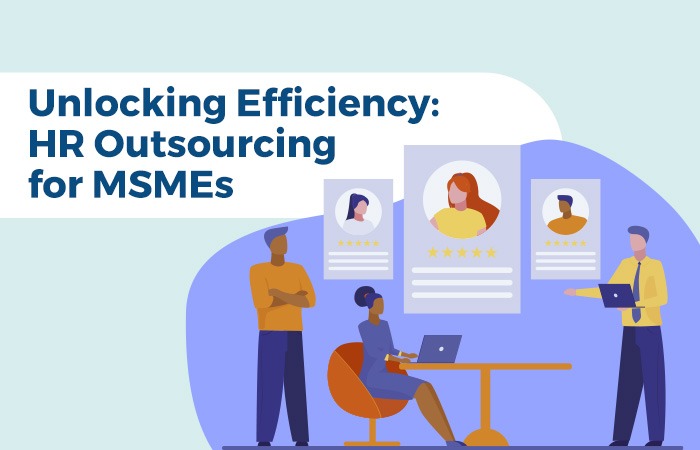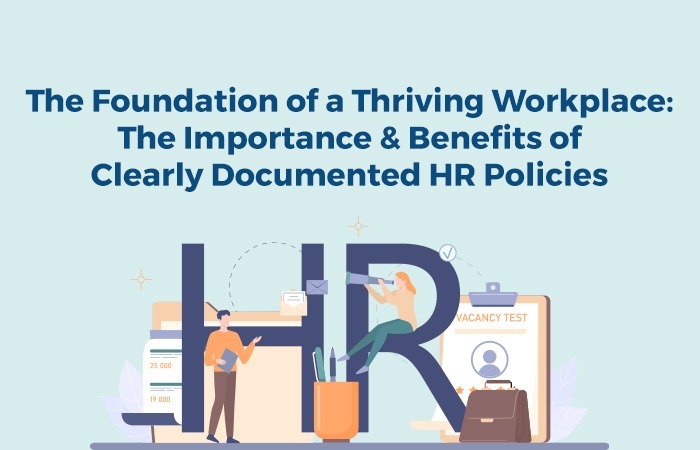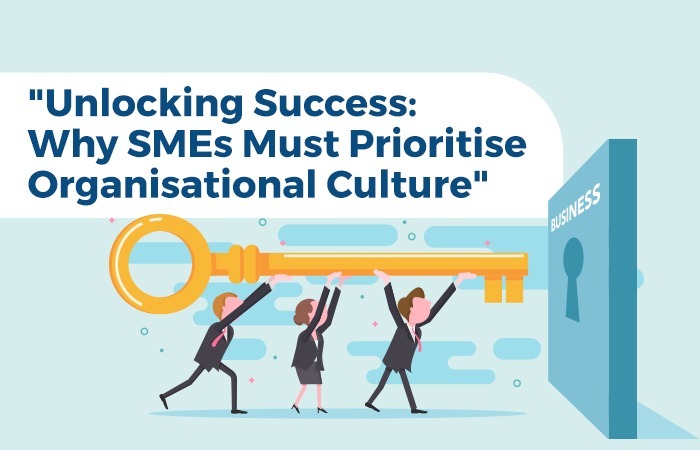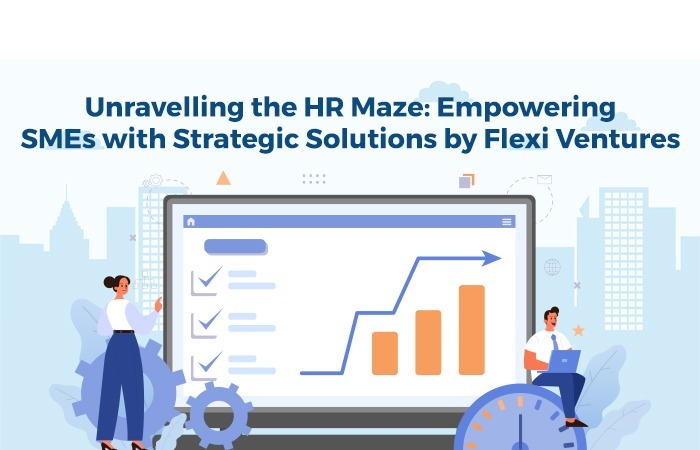Recruitment Process Outsourcing (RPO) is becoming increasingly popular among organizations of all sizes as a means of streamlining the recruitment process and reducing costs. RPO provides organizations with a more flexible and scalable recruitment solution that can help them to find and hire the best talent in an increasingly competitive market. However, like any investment, organizations need to ensure that they are getting the best return on their investment (ROI) when it comes to RPO. In this blog, we’ll explore some of the best practices that organizations can follow to maximize their ROI from RPO.
1. Define clear goals and objectives:
Before entering into an RPO agreement, it is crucial that organizations define their goals and objectives for the program. This will help to ensure that both the organization and the RPO provider are aligned on what is expected from the program, and that they can work together to achieve these goals. For example, the organization may be looking to reduce the time-to-hire, increase the quality of candidates, or lower recruitment costs. By setting clear goals and objectives, organizations can measure the success of the RPO program against these metrics and make any necessary adjustments.
2. Choose the right RPO provider:
The RPO provider that an organization selects will have a significant impact on the success of the program. When selecting an RPO provider, organizations should consider factors such as the provider’s experience and expertise, their processes and technology, and the quality of their candidate pool. Organizations should also consider the provider’s cultural fit and their ability to work effectively with the organization’s recruitment team. Taking the time to choose the right RPO provider will help to ensure that the program is successful and delivers the desired ROI.
3. Implement effective communication and collaboration:
Effective communication and collaboration between the organization and the RPO provider are essential for the success of the program. This includes regular check-ins, reporting, and feedback mechanisms to ensure that both parties are aware of the progress of the program and can address any issues in a timely manner. The RPO provider should also be willing to work closely with the organization’s recruitment team and other stakeholders to ensure that they are aligned on the goals and objectives of the program.
4. Use technology to drive efficiency and cost savings:
RPO providers typically have access to the latest recruitment technology and tools that can help organizations to streamline their recruitment processes and reduce costs. This includes applicant tracking systems (ATS), candidate sourcing tools, and other recruitment analytics and reporting tools. Organizations should work with their RPO provider to identify and implement the technologies that will help them to achieve their goals and maximize their ROI.
5. Measure and track the success of the program:
Measuring and tracking the success of the RPO program is essential for determining the ROI. Organizations should work with their RPO provider to establish key metrics and KPIs that they can use to measure the success of the program. This might include metrics such as time-to-hire, cost-per-hire, and the quality of candidates. By tracking these metrics, organizations can identify areas where they can make improvements and optimize the program to deliver the desired ROI.
6. Continuously evaluate and adjust the program:
RPO programs are not set-and-forget. Organizations should continuously evaluate and adjust the program to ensure that they are getting the best ROI. This might involve making changes to the processes and technologies used, adjusting the goals and objectives, or making changes to the RPO provider. By continuously evaluating and adjusting the program, organizations can ensure that they are getting the best ROI from their RPO investment.













